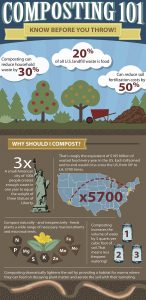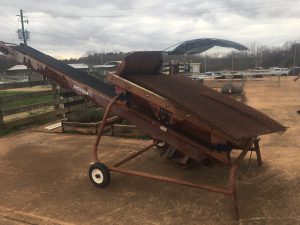For my community outreach, I went to Clarke Central High School and assisted them in a soil sample experiment. We completed the experiment ourselves in class before going to the high school. First we collected soil samples from around Athens. My group’s sample was from the lawn of the DPhiE sorority house on Milledge Avenue. We diluted the soil samples and then transferred the solution to Petri plates with and without tetracycline. The petri dishes were incubated for 72 hours before being taken out for counting. We recorded the number of bacterial colonies to calculate the frequency of tetracycline resistance in the soil samples. The data was then recorded on the PARE national database.
We learned about the prevalence of anti-bacterial resistance through power-points and videos Dr. Brickman showed us in class. Through this project, we were able to actually see bacteria resisting the tetracycline and continue to grow even at high levels of anti-bacteria on the plate. It was interesting to go to the school and help the high schoolers complete their experiment because I realized I was much more knowledgable about anti-bacterial resistance than I thought. Their samples also looked very similar to ours which confirmed our discoveries.
Dr. Brickman’s presentations were intellectually stimulating, relevant to the audience, and creative because she connected the problems of antibacterial resistance to how it would affect our lives in the future. I personally was not able to really incorporate those characteristics into the high school visit because I had trouble finding the room. I ended up coming to the room after all the introductions happened and only aided the students in counting and uploading their data.
I learned how important it is to confirm a plan ahead of time. I was sick the class before we went to Clarke Central and I drove to the school completely unaware about where I was supposed to go. I got lost in the huge school and made it to the classroom very very late. The high schoolers were very nice and more interested in the experiment than I was anticipating. They were receptive to our presence and made conversation while doing the experiment. While I showed them how to use markers to help count their bacteria colonies and helped them submit the data into the excel spreadsheet and online, they asked questions about what college was like and advice I had about applying. I think I was more casual with them than I would have been in a more formal group of people.
The only thing I would do differently is email Dr. Brickman ahead of time so I would not have to spend 30 minutes roaming the school trying to find the classroom the group was in. I would have learned more about the presentation process if I had been there from the beginning. I did not plan out any of my speech, yet I was still able to do my job and help the high schoolers complete their experiment. In the future, I would prepare more so I could come across better.


